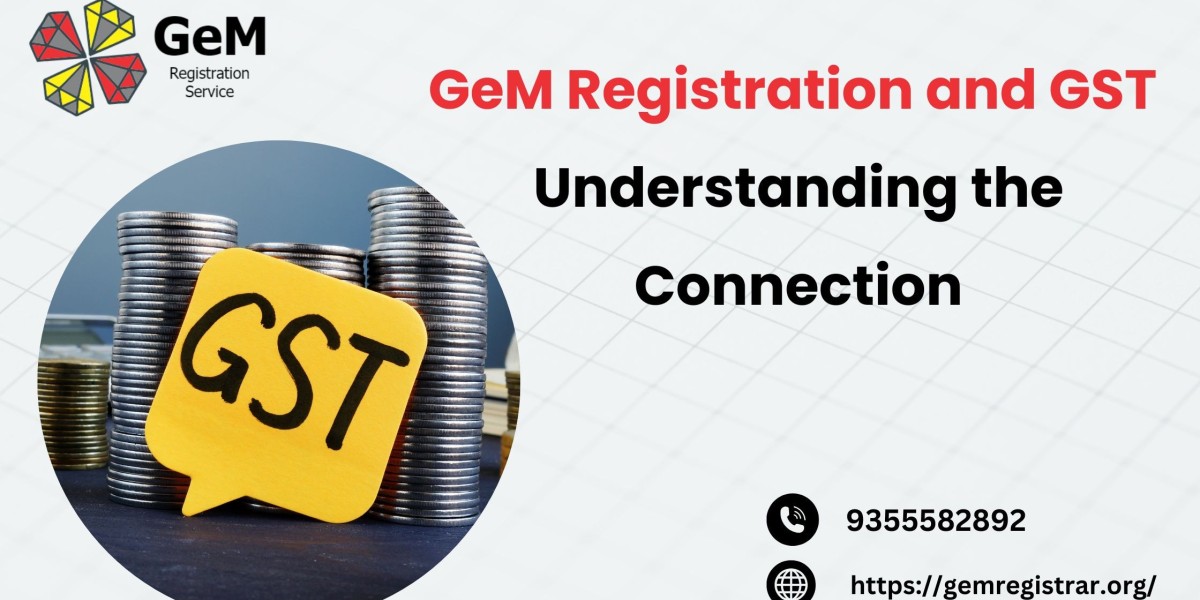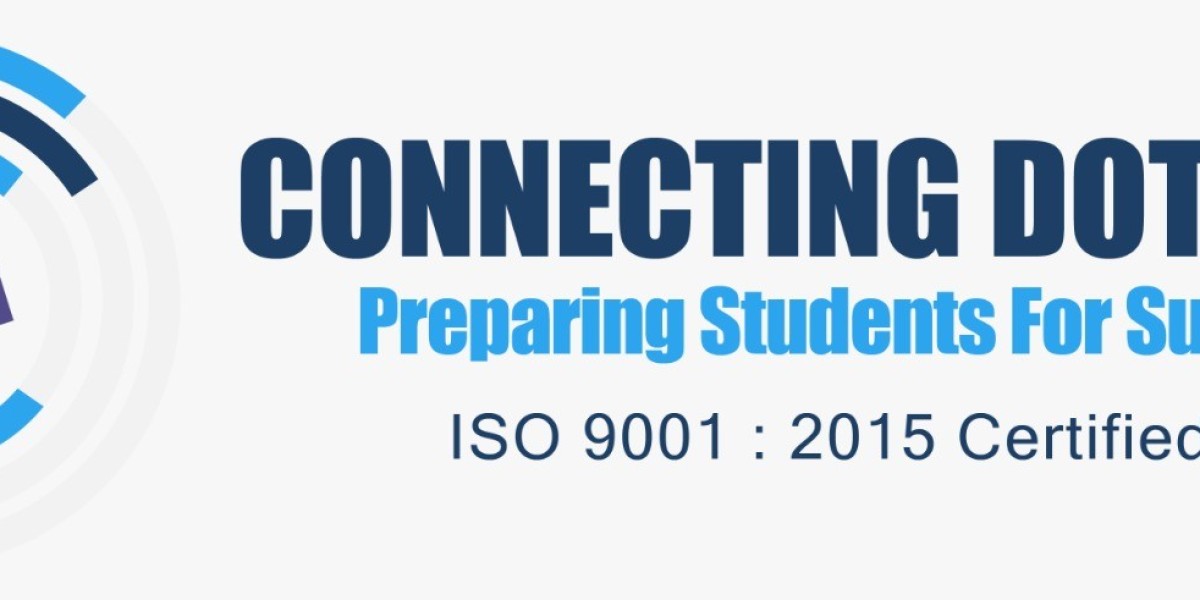The Government e-marketplace (GeM) and the Goods and Services Tax (GST) are two significant initiatives by the Indian government aimed at streamlining procurement and taxation, respectively. For businesses, especially those looking to participate in government procurement through GeM, understanding the connection between GeM Portal and GST is crucial. This article provides a comprehensive overview of how GST impacts GeM registration and participation, clarifying the requirements and highlighting the benefits for businesses.
What is GeM?
GeM is an online platform for government procurement of goods and services. It aims to bring transparency, efficiency, and competitiveness to public procurement. Government agencies, departments, and public sector undertakings (PSUs) use GeM to procure a wide range of products and services.
What is GST?
GST is an indirect tax levied on the supply of goods and services. It's a comprehensive, multi-stage, destination-based tax that has replaced many indirect taxes in India. GST aims to simplify the tax structure and create a unified national market.
The Interplay Between GeM and GST:
GST plays a vital role in the GeM ecosystem. It's not just a tax; it's a crucial identifier and compliance factor for businesses operating on the platform. Here's how they're connected:
GSTIN as a Key Identifier: Your GST Identification Number (GSTIN) is a primary identifier for your business on GeM. It's used for registration, verification, and tracking transactions. Essentially, without a GSTIN (unless your business is specifically exempt), you generally can't register as a seller on GeM.
GST Compliance for GeM Sellers: Businesses registered on GeM are required to be GST compliant. This includes filing GST returns regularly, paying GST on time, and maintaining accurate records of transactions. GeM relies on the GST system to ensure that sellers are legitimate and compliant with tax regulations.
Input Tax Credit (ITC) Benefits: GST allows businesses to claim Input Tax Credit (ITC) on the GST paid on their purchases. GeM facilitates this process by providing detailed information about transactions, making it easier for sellers to claim ITC. This can effectively reduce the cost of goods and services for GeM sellers.
Transparent Pricing: GST has brought more transparency to pricing. On GeM, sellers are required to quote prices inclusive of GST. This allows buyers to clearly see the final price and compare quotes from different sellers.
Simplified Invoicing: GST has standardized invoicing formats, making it easier for businesses to generate and manage invoices. This simplifies the invoicing process for GeM transactions.
E-invoicing (for applicable businesses): For businesses exceeding a certain turnover threshold, e-invoicing is mandatory. This applies to GeM transactions as well, further streamlining the invoicing process and improving transparency.
GeM Registration and GST Requirements:
GSTIN is Generally Mandatory: As mentioned earlier, a valid GSTIN is generally mandatory for registering as a seller on GeM. This is because GeM uses the GST system to verify the identity and tax compliance of sellers.
Exemptions: Certain categories of businesses might be exempt from GST registration, and these exemptions might also apply to GeM registration. However, these exemptions are limited and specific. It's crucial to check the latest GST regulations to determine if your business is exempt.
Providing GST Details During Registration: During the GeM registration process, you'll need to provide your GSTIN and other relevant GST details. Ensure you enter this information accurately to avoid any issues with your registration.
Benefits of GST for GeM Sellers:
Increased Credibility: Being GST compliant and having a GSTIN enhances your business's credibility and builds trust with government buyers.
Access to ITC: You can claim ITC on the GST paid on your purchases, which can reduce your overall tax burden and improve your profitability.
Simplified Tax Compliance: GST has simplified the indirect tax system, making it easier for businesses to comply with tax regulations.
Expanded Market Reach: GeM provides access to a vast market of government buyers, and GST compliance allows you to participate in this market effectively.
Improved Efficiency: GST has streamlined various business processes, including invoicing and record keeping, which can improve your overall efficiency.
Tips for GeM Sellers Regarding GST:
Ensure GST Compliance: Maintain accurate records of your transactions, file your GST returns on time, and pay your GST dues regularly. Non-compliance can lead to penalties and even suspension from GeM.
Understand GST Rates: Be clear about the GST rates applicable to the products or services you offer. Quote prices inclusive of GST on GeM.
Utilize GeM's GST Features: Familiarize yourself with the GST-related features on GeM, such as invoice generation and ITC claims.
Seek Professional Advice: If you have any questions or concerns about GST, consult with a tax professional or GST expert.
How to Update GST Details on GeM:
If there are any changes to your GST details, such as a change in your GSTIN or GST rates, you need to update this information on the GeM portal. Log in to your GeM seller account and update your profile with the correct information.
How to Register on GeM?
The GeM registration process is entirely online and straightforward:
Visit GeM Website: Go to the official GeM registration portal.
Enter Details: Fill in basic information like name, email, phone number, and date of birth.
Pay the Fee: Complete the registration fee payment.
OTP Verification: Enter the OTP received via SMS or email.
GeM Confirmation: A GeM representative will call to confirm your OTP.
Complete Registration: After verification, your registration is done.
Get GeM ID: Receive your seller ID and login credentials via email.
Set Up Profile: Login, set up your profile, and list your products.
Submit Caution Money: You'll be notified to submit caution money.
Select Product Listing: On the dashboard, click Product Listing to add new products or manage your existing ones.
Choose Product Category: Pick the correct category for your product. This helps government buyers find your product easily.
Start Selling: Your products are now visible to government buyers, and you can begin receiving orders.
Suggested read- Gem registration fee.
Conclusion:
The connection between GeM and GST is undeniable. GST compliance is essential for businesses looking to participate in government procurement through GeM. Understanding the GST requirements, benefits, and procedures is crucial for success on the platform. By ensuring GST compliance and leveraging the benefits of GST, businesses, especially MSMEs, can effectively utilize GeM to expand their market reach, increase their revenue, and contribute to the growth of the Indian economy. For women entrepreneurs, in particular, GeM combined with GST compliance provides a powerful platform for growth and empowerment. Therefore, a clear understanding of the interplay between GeM and GST is not just a regulatory requirement, it's a strategic advantage for businesses aiming to thrive in the government procurement landscape.









